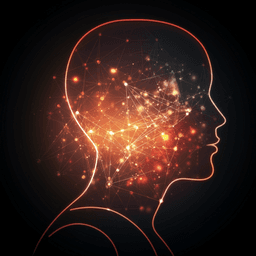
Psychology
Is it possible for people to develop a sense of empathy toward humanoid robots and establish meaningful relationships with them?
E. Morgante, C. Susinna, et al.
This systematic review finds that humans can perceive robots as having emotional states—especially when robots identify and respond to human feelings and exhibit anthropomorphic traits, which tends to increase empathy. The research was conducted by Elena Morgante, Carla Susinna, Laura Culicetto, Angelo Quartarone, and Viviana Lo Buono.
~3 min • Beginner • English
Related Publications
Explore these studies to deepen your understanding of the subject.







